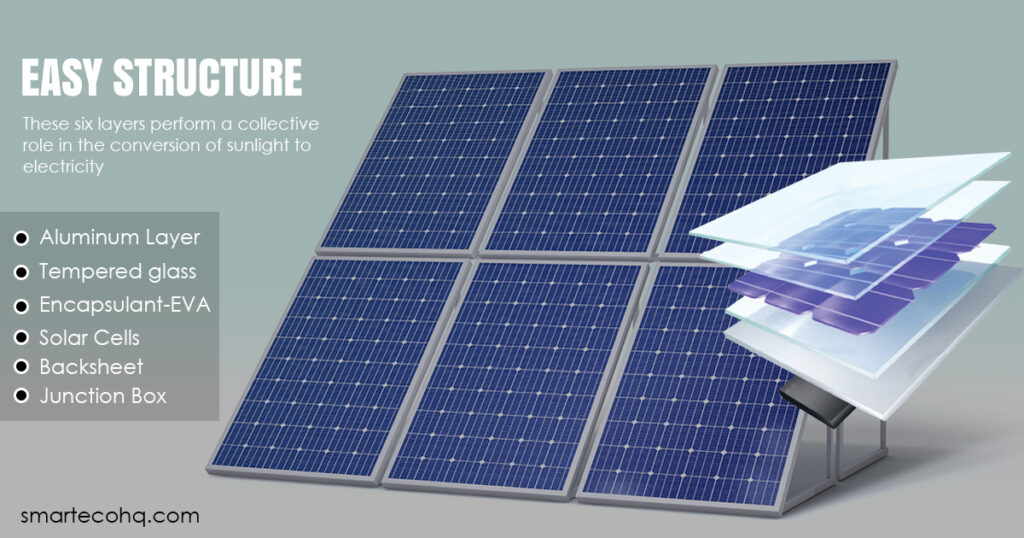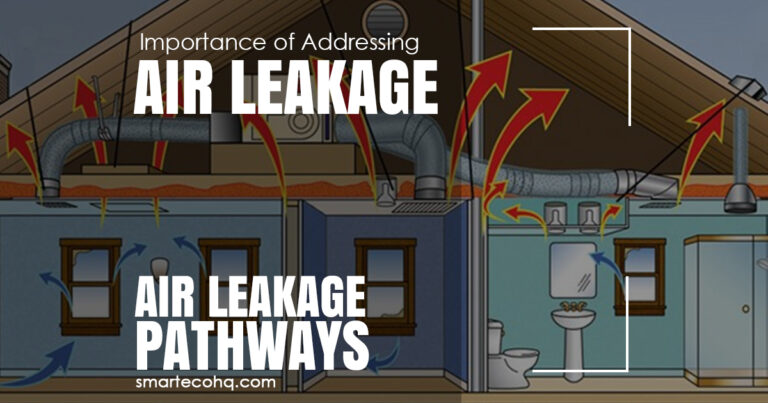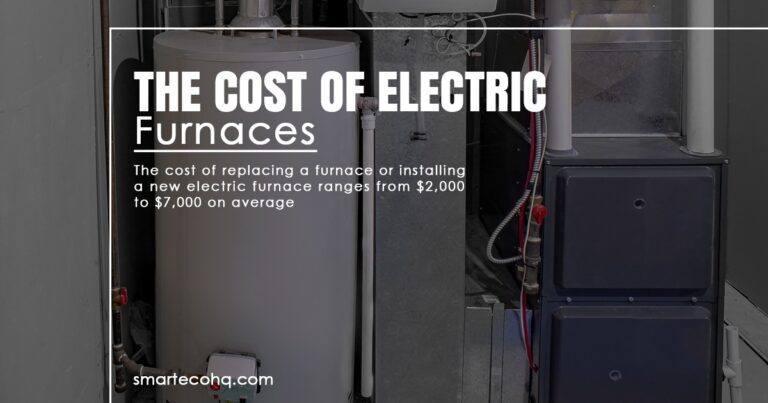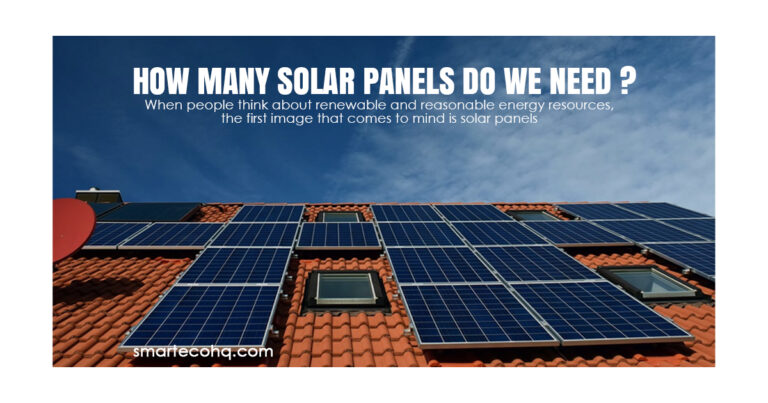Solar Electric Panels: The Sustainable Solution For Energy

Solar Electric Panels
Solar Electric Panels: In the past few years, as the world has become more conscious of the impact of climate change and has looked for some clean and low-cost renewable electricity resources. In this regard, Solar Panels have gained popularity as a way to manage the energy crisis and environmental concerns. These panels are an independent source of energy; every home and institution can produce their own electricity. It potentially lowers electricity bills. Let’s discover more about Solar Panels in this blog.
Table of Contents:
- What are Solar Electrical Panels?
- Structure of Solar Panels
- How does it produce Electricity?
- What are the benefits of Solar Panels?
- Lifespan of Solar Panels
1. What are Solar Electrical Panels?
Solar Electric Panels
Solar Electrical Panels are also known as Photovoltaic Modules or PV panels. These panels are made up of the Photovoltaic cells, which are usually arranged and fixed together in a rectangular frame. These cells together make an Electrical Panel for Solar Systems & the collection of these panels is called a solar panel system. This system works when exposed to Direct Sunlight. It converts solar energy into usable energy that can run the electrical appliances at your home, building & other places.
2. Structure of Solar Panels:
Solar Panels consist of Six basic Material layers. These six layers perform a collective role in the conversion of sunlight to electricity. The following are these six basic layers:
Aluminum Layer:
The Rigid Frame of the solar panel is made of the Aluminum to hold together all the components of a panel & protect from outer damage.
Tempered glass:
This transparent tempered glass layer protects panels from weather damage & lets sunlight reach the solar cells.
Encapsulant-EVA:
The Solar Cells are typically encapsulated in a polymer material known as Ethylene-Vinyl Acetate (EVA). It protects the Cells from Moisture & Environmental Factors & increases the efficiency of solar cells.
Solar Cells:
These are made of silicon or other good conductors to absorb the sunlight & convert it into usable direct current or Electricity.
Backsheet:
The backsheet also protects the cells from moisture & environmental factors. It is typically made up of polymer material.
Junction Box:
It is located at the back of the solar panels & ensures the flow of current to other circuits. In a solar array system, it Connects Panels to an Inverter, which converts AC to DC.

3. How does it work to Produce Electricity?
Solar Panels work to produce electricity through a conversion process known as the Photovoltaic Process. In this process, solar cells convert the sunlight into electricity. The following steps explain how solar cells produce electricity:
Photon Absorption:
Solar Panels absorb sunlight( Photons) when exposed to direct sunlight & generate an Electric Field.
Produce current:
Due to the Electric Field a current flows through the cells & produces Direct Current (DC), which collects in the Solar Panel & is sent to the junction box.
Conversion:
Direct Current (DC) can be directly used to run DC devices or can be converted to AC using an inverter to be used at home or in offices.
4. Benefits of Solar Panel:
The renewable sources of energy are overtaking the world. To reduce the Carbon Footprint Solar panels are playing a leading role. It produces cheap & clean electricity. The world is getting a lot of benefits from Solar panel systems, some of which are mentioned below:
Renewable energy:
It produces energy using sunlight, which is a renewable source of energy. Just like fossil fuels, there is no fear of resources running out.
Reduce Harmful Gaseous Emission:
It reduces the emission of greenhouse gasses. The more we use renewable energy resources, the fewer harmful gasses they emit.
Lower Electricity bills:
Solar Panels generate electricity for homes & other needs, which reduces the reliance on the grid & can automatically reduce electricity bills.
Energy independence:
By producing electricity, homes & businesses become less dependent on the grid and use most of their own energy.
5.Lifespan of Solar Panels:
The lifespan of Solar Panels depends on some factors, including their quality, manufacturing , maintenance & Installation process. Most Solar Panels come with a 25-year warranty, but they could last longer with proper care & maintenance. In some cases, solar panels have been known to last for up to 40 years. Time-to-time maintenance, Repairs & expertise consultation help to run your system in a proper way and make the most of it.




